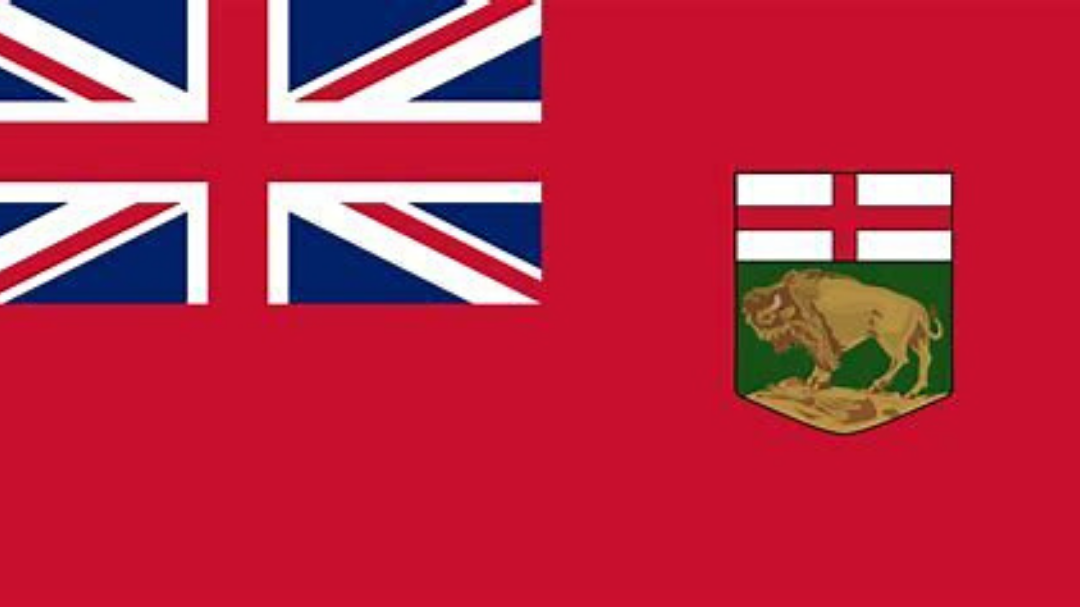Manitoba Celebrates 150 years of Confederation
Today in honour of 150 years of Manitoba, we are highlighting two residents of St. James-Assiniboia who made an important impact on the early years of Manitoba’s development.

Taylor was a member of the Legislative Assembly and first Manitoba Minister of Agriculture.
Although Manitoba celebrated its 150th birthday on May 12, 2020, the official day Manitoba joined confederation was July 15, 1870.
Following the Red River Resistance, led by Métis leader Louis Riel, the Métis People and the Canadian government came to an agreement of the terms for the creation of the new province, Manitoba. These terms called the Manitoba Act received Royal Assent on May 12, 1870, which is the day we now celebrate as Manitoba Day. However, the Manitoba Act was not officially enacted until July 15, 1870.
It was this day in July in 1870 that Manitoba officially became part of Canada.
Today in honour of 150 years of Manitoba, we are highlighting two residents of St. James-Assiniboia who made an important impact on the early years of Manitoba’s development.
John Taylor

John Taylor was an English Métis who spoke French, English, and Cree. After moving to Headingley in 1855 to establish a school, he successfully operated a large farm, trading post, blacksmith shop, Royal Exchange Hotel, livery stable, and a barber shop. He bought his first land in 1856, a lot on the Assiniboine River at Headingley.
After the death of his wife Flora Campbell, John Taylor married his second wife Francis Brown, daughter of William Brown and Charlotte Omand (the original owners of the museum’s historically designated 1856 Red River Frame House) on December 31, 1873.

During the Red River Resistance of 1870, he was elected to represent the Headingley Parish. Taylor was elected to the Manitoba Legislature in 1874 and again in 1878. He was an active member of the Legislative Assembly and became the first Manitoba Minister of Agriculture in 1879. When the Rural Municipality of Assiniboia was established in 1880, he was elected as one of the first seven councillors.
John Taylor passed away at his home on Headingley on 3 March 1925.
James McKay

James McKay, a Métis of Cree, Orkney and French-Canadian heritage, he spoke English, Cree, Ojibway, Sioux and French. He began his career working for the Hudson’s Bay Company in 1853. In 1859 he married Margaret Rowand, daughter of John Rowand and Julie Desmarais, one of the wealthiest families in the Hudson’s Bay Company.
Following her father’s death in 1854, Margaret Rowand had inherited a substantial sum of money and property. James and Margaret built their estate along the Assiniboine River. They called it Deer Lodge. In the early years of the new province’s existence Deer Lodge was a social hub and McKay was widely known and respected within the community.

It was in the 1860s that James McKay first became involved in politics. On January 23, 1968 he was appointed to the Council of Assiniboia and served as councillor for one year.
After the creation of Manitoba, the first elections were held in 1870. McKay did not have a seat in the elected Legislative Assembly, but he was selected by Lieutenant Governor Adams George Archibald as President of the Executive Council. He was sworn in on January 10, 1871 and chosen as speaker for the upper chamber in March of that year.
Later in his career, James McKay became an influential mediator between the Indigenous People of the North West and the European Settlers. He played an important, but unofficial role, in negotiations and interpretations for the treaties and he witnessed the proceedings for Treaty 1 and Treaty 2. In 1875, McKay was named an official “Indian Commissioner” and served in that capacity for Treaties 5 and 6.

James McKay died at Deer Lodge on December 2, 1879 and was buried in St. Boniface Cathedral cemetery. After his death Deer Lodge continued as a place of social gathering and became a country inn. The building was destroyed in a fire, but the new Deer Lodge hotel was constructed and remained open until 1916, at which point it was converted into a military convalescent home during the war. Today Deer Lodge Hospital, 2109 Portage Avenue, stands on the original site of the McKay home.


